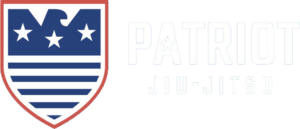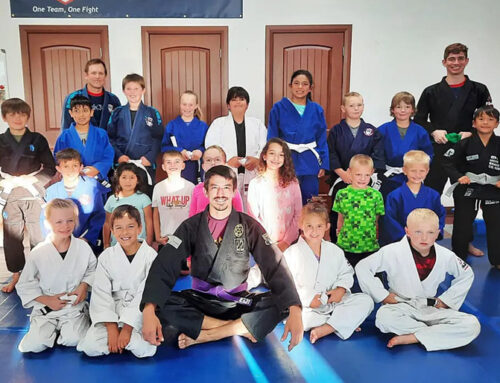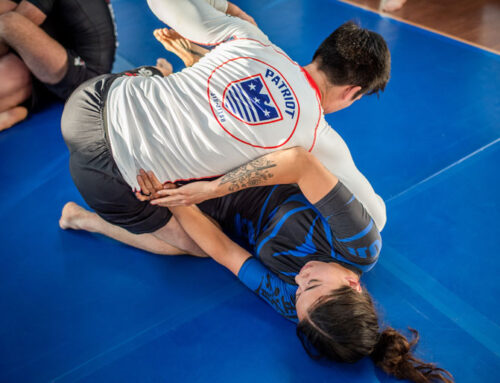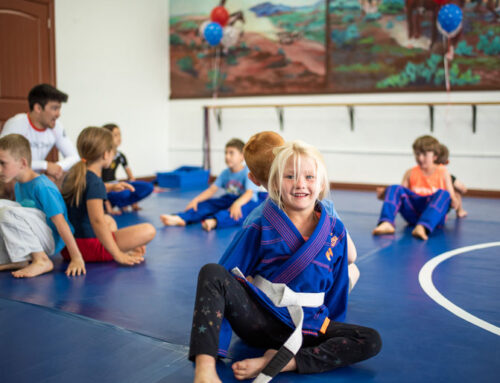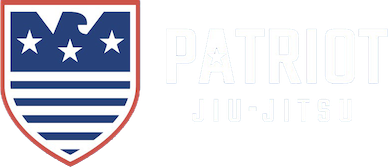The Journey of a Student Athlete
Many people all over the world understand that in order to be healthy they need to follow health practices such as eating healthy and going to the gym. Unfortunately, these days that promotes online searches of high intensity workouts, fad diets and hardcore fasts, which are promoted to drive that number on the scale down and their clothes size down; as weight loss is supposedly a measure of personal physical health. Let’s pump the brakes. It’s a little more specific than that.
First, let’s forget all the trendy diets and workout routines for a minute and let’s take a look at the condition of our bodies first. It’s not about the right workout, it’s about the right mindset. The mindset of A STUDENT ATHLETE. Your body is your temple. You only get one of them and you use it 24 hours a day, even when you sleep. I’d say that’s important enough to invest some time in learning more about. Let’s take the time to identify our starting point and create some goals. Then look for the best way to tackle these challenges. The mind of a student athlete is not to find the answer, but rather to find more questions. Think of this as a research project and test your own body to see what works for you, not what your personal trainer says worked for him or any other clients he/she has had. Get to know yourself. There’s no quick fix but it’s not complicated, you just have to put in your best effort.
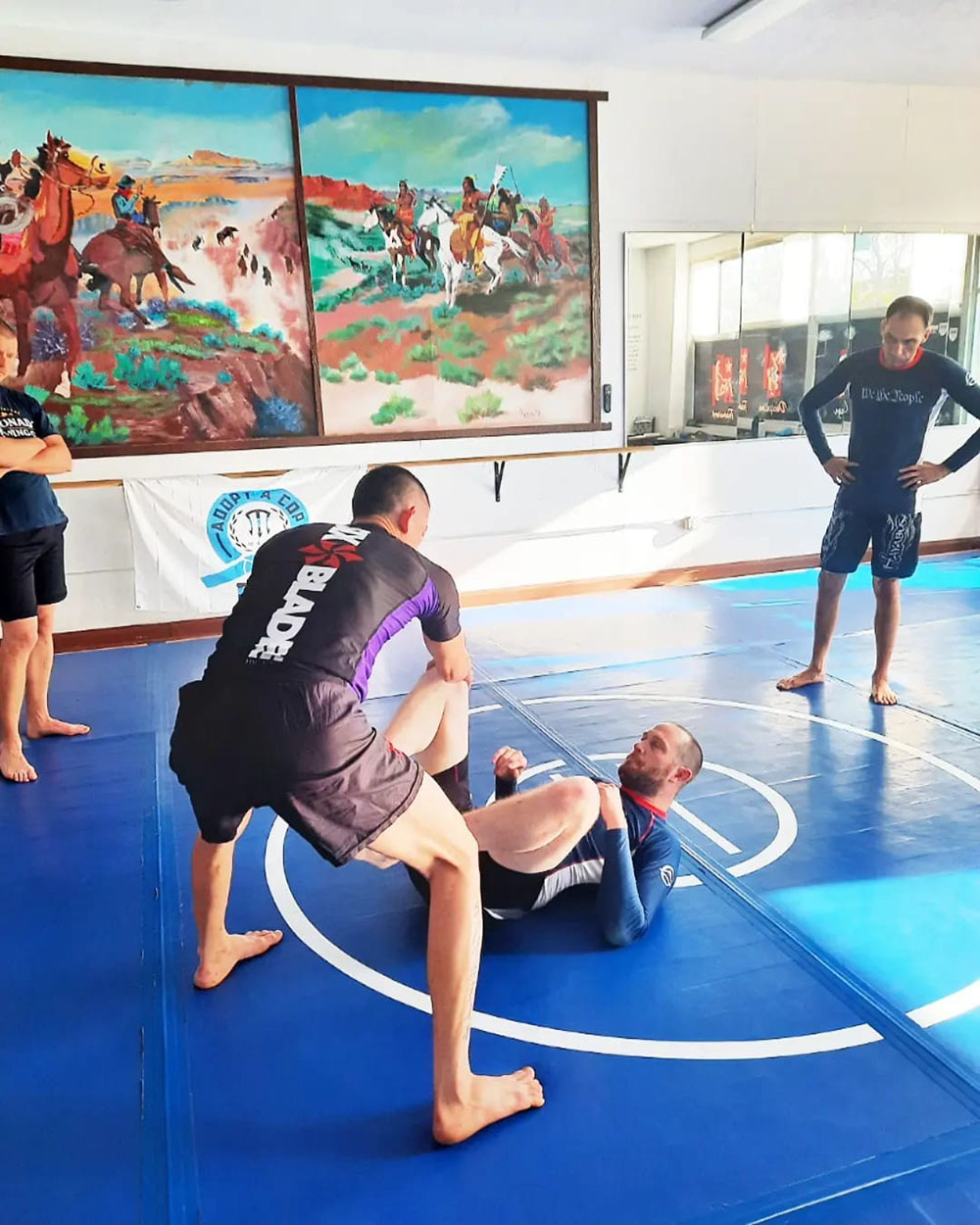
Phase 1: Injury prevention = Training longevity
People that are deconditioned from years of inactive or sedentary lifestyles accompanied by high ratios of processed, high-cholesterol or sugary foods and drinks, run a high risk of injury. In order to be successful in any venture, we must be able to develop our practice with longevity. Injury hinders progress. Plain and simple. This is why we always assess our new students. Because we have to understand where you’re at in your journey in order to help you figure out what training phase you are in and how to progress.
Education / Treatment Phase
Just like an infantry operator, you can’t always rely on someone else to help you. You need to be able to self diagnose and self treat. It starts with learning the basics of breathing and posture development. We like to call this part of Phase 1, Breathab. It’s not about lifting heavy weights or lifting weights quickly to build muscle and burn fat right off the bat. Your body is reconditioned and teaching the muscle to build the foundation needs to happen before adding any kind of weights. We call this ground work. It’s boring but you will build the deepest connection to your muscles at a much lower percentage of effort than you think. Lifting weights initially will put your joints at risk and this is why we offer a free educational training class on Saturdays at 8:30am that helps you to build these fundamentals. Yes you heard us. It’s FREE!
Phase 2: Mobility and Stability
Once we build a foundation we can move on to Mobility and Stability in our core posture. This will help us to avoid injury as we start to add more complex movements and skill type of exercise such as weight lifting, Jiu Jitsu, sports or and obstacle courses, races, etc. Before we can start doing all the amazing things our bodies are capable of learning to do, we need to start by building stability and good posture in the joints that help our body move around. This is impossible with any program that requires you to lift heavy weights, run for miles or learn to fight. Our muscles need a very low resistance in order to activate the small muscles that have regressed near the point of muscular amnesia. This is one of the best ways to get tight muscles to loosen up and be ready for higher resistance movements or exercise.
Phase 3: Movement with Purpose
Once we have you to the point where you know what is tight and what is weak. You know which exercises we’ve prescribed for your aches and pains and you can execute them on your own. I like to use these exercises in the morning before I start moving around throughout the day. This is what we refer to as your daily practice. Not the recovery or mobility exercises. But what you currently do every single day that has moved your body into poor posture which is a big part of the reason for tightness and injury.
Myth: “I’m old!” I hear this far more often than you can imagine. “My body doesn’t do those things anymore!” I’ve heard it all. “It’s an old football injury that never fully healed!” or how about, “It’s hereditary. It’s in my genes. I can’t change it!” Well, I’ve got news for you friends… Your body doesn’t train or rehabilitate its muscles on its own, YOU DO! While age or genetics may slow your recovery, it does not halt it. How you eat, drink, work and play every day has the largest impact on how your body looks and feels. My 70 year old mother eats right and works on her mobility and recovery every day and she trains Jiu-Jitsu and spars with people twice her size. Her diet is clean and her practice as a student athlete is even cleaner. Our goal at Patriot Jiu-Jitsu is to help you achieve your goals. We cannot do this until we defeat our own excuses. This is how to start. It’s not your age, it’s your practice.
